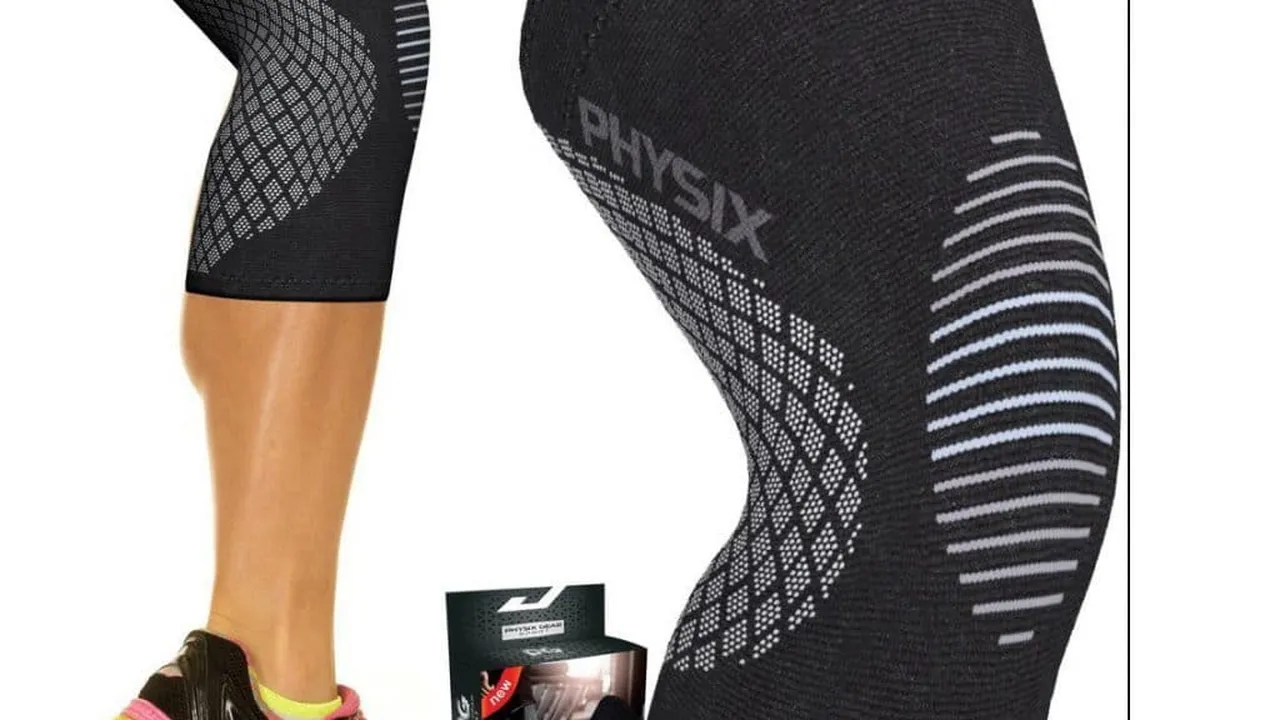Back Stretching Exercises: A Complete Guide

Understanding Back and Neck Pain A Comprehensive Overview
Back and neck pain are incredibly common ailments, affecting millions worldwide. They can range from a mild, nagging ache to a debilitating, sharp pain that significantly impacts daily life. Understanding the underlying causes, potential risk factors, and available treatment options is crucial for effective management and long-term relief. This article will delve into the intricacies of back and neck pain, providing a comprehensive overview to empower you with knowledge and guide you towards a pain-free existence.
We'll explore the anatomy of the spine, common injuries and conditions that lead to pain, diagnostic procedures, and a variety of treatment approaches, from conservative therapies to advanced interventions. We'll also discuss preventative measures you can take to minimize your risk and maintain a healthy spine.
Anatomy of the Spine A Foundation for Understanding
To truly understand back and neck pain, it's essential to have a basic understanding of the spine's anatomy. The spine, also known as the vertebral column, is a complex structure composed of 33 individual bones called vertebrae. These vertebrae are stacked on top of each other, forming a flexible column that supports the body, protects the spinal cord, and allows for movement.
The spine is divided into five regions:
- Cervical Spine (Neck): Composed of 7 vertebrae (C1-C7). This region is the most mobile part of the spine, allowing for a wide range of head and neck movements.
- Thoracic Spine (Mid-Back): Composed of 12 vertebrae (T1-T12). This region is less mobile than the cervical spine due to its attachment to the rib cage.
- Lumbar Spine (Lower Back): Composed of 5 vertebrae (L1-L5). This region bears the most weight and is prone to injury.
- Sacrum: A triangular bone formed by the fusion of 5 vertebrae. It connects the spine to the pelvis.
- Coccyx (Tailbone): A small bone formed by the fusion of 4 vertebrae.
Between each vertebra lies an intervertebral disc, a cushion-like structure that absorbs shock and allows for movement. These discs are composed of a tough outer layer called the annulus fibrosus and a soft, gel-like inner core called the nucleus pulposus. The spinal cord, a bundle of nerves that transmits signals between the brain and the body, runs through a central canal in the vertebrae. Nerves branch out from the spinal cord through openings between the vertebrae, called intervertebral foramina.
Common Causes of Back and Neck Pain Identifying the Culprits
Back and neck pain can arise from a variety of causes, ranging from simple muscle strains to more serious underlying conditions. Some of the most common causes include:
- Muscle Strains and Sprains: These are often caused by overuse, improper lifting techniques, or sudden movements.
- Disc Herniation: Occurs when the nucleus pulposus of an intervertebral disc protrudes through the annulus fibrosus, potentially compressing nearby nerves.
- Degenerative Disc Disease: A natural process of wear and tear on the intervertebral discs, leading to pain and stiffness.
- Spinal Stenosis: A narrowing of the spinal canal, which can compress the spinal cord and nerves.
- Osteoarthritis: A degenerative joint disease that can affect the facet joints in the spine, causing pain and stiffness.
- Spondylolisthesis: Occurs when one vertebra slips forward over another.
- Whiplash: A neck injury caused by a sudden, forceful back-and-forth movement of the head.
- Poor Posture: Prolonged sitting or standing with poor posture can strain the muscles and ligaments in the back and neck.
- Stress and Anxiety: Can contribute to muscle tension and pain in the back and neck.
- Underlying Medical Conditions: In rare cases, back and neck pain can be a symptom of a more serious underlying medical condition, such as infection, tumor, or autoimmune disease.
Risk Factors for Back and Neck Pain Understanding Your Vulnerability
Certain factors can increase your risk of developing back and neck pain. These include:
- Age: The risk of back and neck pain increases with age, as the spine naturally degenerates over time.
- Obesity: Excess weight puts added stress on the spine.
- Smoking: Smoking reduces blood flow to the spine and can accelerate disc degeneration.
- Occupation: Jobs that involve heavy lifting, repetitive movements, or prolonged sitting can increase the risk of back and neck pain.
- Poor Posture: Maintaining poor posture for extended periods can strain the muscles and ligaments in the back and neck.
- Lack of Exercise: Weak back and abdominal muscles can contribute to instability and pain.
- Psychological Factors: Stress, anxiety, and depression can increase the risk of chronic pain.
- Family History: A family history of back pain may increase your risk.
Diagnosing Back and Neck Pain Getting to the Root of the Problem
A thorough diagnosis is essential for determining the underlying cause of back and neck pain and developing an effective treatment plan. The diagnostic process typically involves:
- Medical History: Your doctor will ask you about your symptoms, medical history, and any relevant lifestyle factors.
- Physical Examination: Your doctor will examine your posture, range of motion, reflexes, and muscle strength.
- Imaging Tests: Depending on your symptoms and the findings of the physical examination, your doctor may order imaging tests, such as X-rays, MRI scans, or CT scans, to visualize the structures of the spine and identify any abnormalities.
- Nerve Conduction Studies: These tests may be used to assess the function of the nerves in the back and neck.
Treatment Options for Back and Neck Pain A Multifaceted Approach
The treatment of back and neck pain typically involves a multifaceted approach, combining conservative therapies with more advanced interventions, depending on the severity and underlying cause of the pain.
Conservative Therapies for Back and Neck Pain
- Rest: Avoiding activities that aggravate your pain can help to reduce inflammation and promote healing.
- Ice and Heat: Applying ice to the affected area can help to reduce inflammation and pain, while applying heat can help to relax muscles and improve blood flow.
- Pain Medications: Over-the-counter pain relievers, such as ibuprofen or acetaminophen, can help to reduce pain and inflammation. Prescription pain medications, such as opioids, may be necessary for more severe pain, but they should be used with caution due to the risk of addiction.
- Muscle Relaxants: These medications can help to relieve muscle spasms and stiffness.
- Physical Therapy: A physical therapist can teach you exercises to strengthen your back and neck muscles, improve your posture, and increase your range of motion.
- Chiropractic Care: A chiropractor can use spinal manipulation to restore proper alignment and reduce pain.
- Acupuncture: This traditional Chinese medicine technique involves inserting thin needles into specific points on the body to relieve pain.
Advanced Interventions for Back and Neck Pain
- Epidural Steroid Injections: These injections involve injecting corticosteroids into the epidural space around the spinal cord to reduce inflammation and pain.
- Facet Joint Injections: These injections involve injecting corticosteroids into the facet joints to reduce pain and inflammation.
- Nerve Blocks: These injections involve injecting local anesthetic into a nerve to block pain signals.
- Radiofrequency Ablation: This procedure uses radiofrequency energy to destroy the nerves that are transmitting pain signals.
- Surgery: Surgery may be necessary in some cases to correct structural problems in the spine, such as disc herniation or spinal stenosis. Common surgical procedures include discectomy, laminectomy, and spinal fusion.
Product Recommendations for Back and Neck Pain Relief
In addition to the treatments mentioned above, certain products can provide additional relief and support for back and neck pain. Here are a few recommendations:
Ergonomic Office Chair The Secretlab Titan Evo 2022 Series
Use Case: Ideal for individuals who spend long hours sitting at a desk. The Secretlab Titan Evo 2022 Series provides excellent lumbar support, adjustable armrests, and a comfortable seat cushion to promote good posture and reduce back pain.
Features:
- Integrated Lumbar Support: Provides customizable lumbar support to maintain proper spinal alignment.
- Adjustable Armrests: Allow you to adjust the height, angle, and depth of the armrests for optimal comfort.
- Cold-Cure Foam Cushion: Provides excellent support and comfort for extended periods of sitting.
- High-Quality Materials: Made with durable materials that are built to last.
Product Comparison: Compared to other ergonomic chairs like the Herman Miller Aeron or the Steelcase Gesture, the Secretlab Titan Evo 2022 Series offers a more affordable option with comparable features and comfort.
Pricing: Typically ranges from $500 to $600.
Memory Foam Pillow The Coop Home Goods Original Pillow
Use Case: Designed to provide optimal neck support and alignment during sleep. The Coop Home Goods Original Pillow is adjustable, allowing you to customize the fill to your preferred level of firmness.
Features:
- Adjustable Fill: Allows you to add or remove fill to customize the pillow's firmness.
- Hypoallergenic: Made with hypoallergenic materials to prevent allergies.
- Breathable Cover: Promotes airflow and prevents overheating.
Product Comparison: Compared to other memory foam pillows like the Tempur-Pedic Cloud Pillow or the Purple Harmony Pillow, the Coop Home Goods Original Pillow offers a more customizable and affordable option.
Pricing: Typically ranges from $80 to $100.
Foam Roller The TriggerPoint GRID Foam Roller
Use Case: Used for self-massage and myofascial release to relieve muscle tension and improve flexibility. The TriggerPoint GRID Foam Roller features a unique grid pattern that targets specific muscle groups.
Features:
- GRID Pattern: Provides targeted massage to release muscle tension.
- Durable Construction: Made with high-quality materials that are built to last.
- Lightweight and Portable: Easy to transport and use at home, the gym, or on the go.
Product Comparison: Compared to other foam rollers like the OPTP PRO-Roller or the RumbleRoller, the TriggerPoint GRID Foam Roller offers a versatile and effective option for self-massage.
Pricing: Typically ranges from $30 to $40.
Back Brace The ComfyBrace Posture Corrector
Use Case: Provides support and stability for the back and shoulders, promoting good posture and reducing pain. The ComfyBrace Posture Corrector is adjustable and comfortable to wear.
Features:
- Adjustable Straps: Allows you to customize the fit for optimal comfort and support.
- Breathable Fabric: Made with breathable materials to prevent overheating.
- Discreet Design: Can be worn under clothing without being noticeable.
Product Comparison: Compared to other posture correctors like the Upright GO 2 or the BetterBack, the ComfyBrace Posture Corrector offers a more affordable and versatile option.
Pricing: Typically ranges from $20 to $30.
Preventing Back and Neck Pain Proactive Strategies for a Healthy Spine
Preventing back and neck pain is often easier than treating it. Here are some proactive strategies you can implement to maintain a healthy spine:
- Maintain Good Posture: Practice good posture while sitting, standing, and walking. Keep your shoulders relaxed, your back straight, and your head aligned with your spine.
- Use Proper Lifting Techniques: Bend your knees and keep your back straight when lifting heavy objects. Avoid twisting your body while lifting.
- Exercise Regularly: Regular exercise can strengthen your back and abdominal muscles, improving stability and reducing pain. Focus on exercises that target the core, such as planks, bridges, and abdominal crunches.
- Maintain a Healthy Weight: Excess weight puts added stress on the spine. Maintaining a healthy weight can reduce your risk of back pain.
- Quit Smoking: Smoking reduces blood flow to the spine and can accelerate disc degeneration.
- Manage Stress: Stress can contribute to muscle tension and pain in the back and neck. Practice stress-reducing techniques, such as yoga, meditation, or deep breathing exercises.
- Take Breaks: If you spend long hours sitting or standing, take frequent breaks to stretch and move around.
- Ergonomic Workstation Setup: Ensure your workstation is ergonomically designed to promote good posture and reduce strain on your back and neck. Adjust your chair, monitor, and keyboard to the appropriate height and position.
- Sleep with Proper Support: Use a supportive mattress and pillow that aligns your spine properly during sleep.
The Importance of Early Intervention Seeking Prompt Medical Attention
If you experience persistent or severe back and neck pain, it's crucial to seek prompt medical attention. Early intervention can help to prevent chronic pain and more serious complications. Don't hesitate to consult with your doctor to discuss your symptoms and explore your treatment options.
Living with Back and Neck Pain Adapting and Thriving
Living with chronic back and neck pain can be challenging, but it's possible to adapt and thrive. By implementing the strategies discussed in this article, including proper posture, regular exercise, stress management, and appropriate treatment, you can effectively manage your pain and improve your quality of life. Remember to stay positive, seek support from friends and family, and never give up on your journey towards a pain-free existence.
:max_bytes(150000):strip_icc()/277019-baked-pork-chops-with-cream-of-mushroom-soup-DDMFS-beauty-4x3-BG-7505-5762b731cf30447d9cbbbbbf387beafa.jpg)






